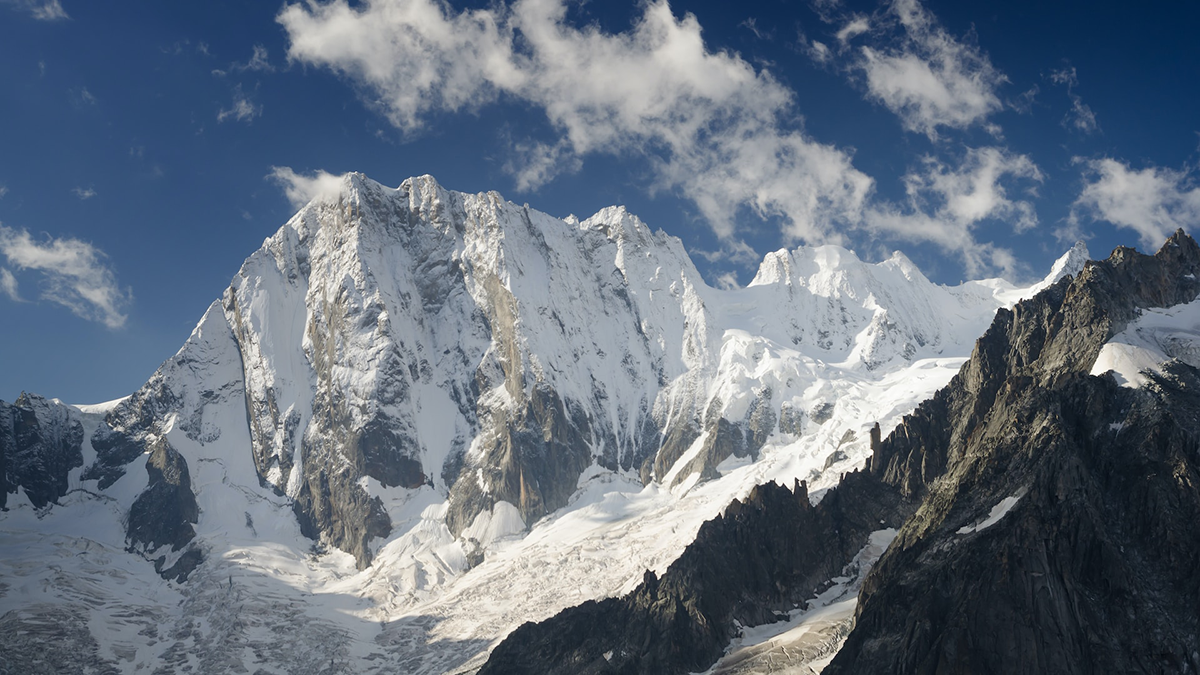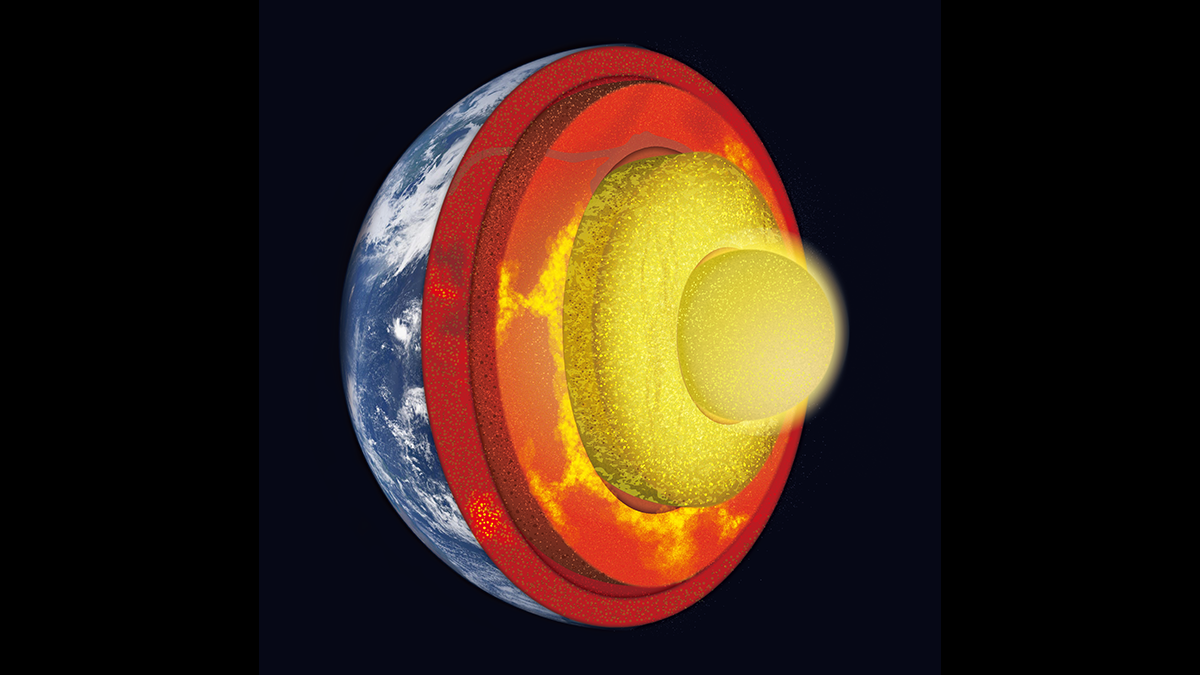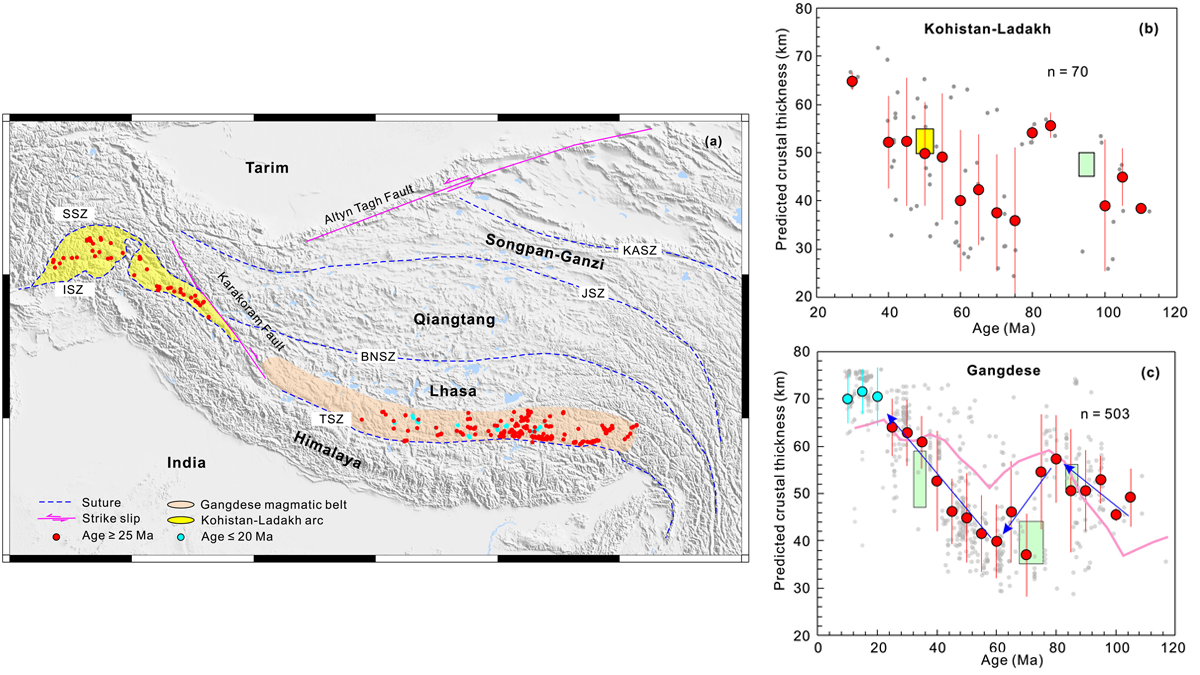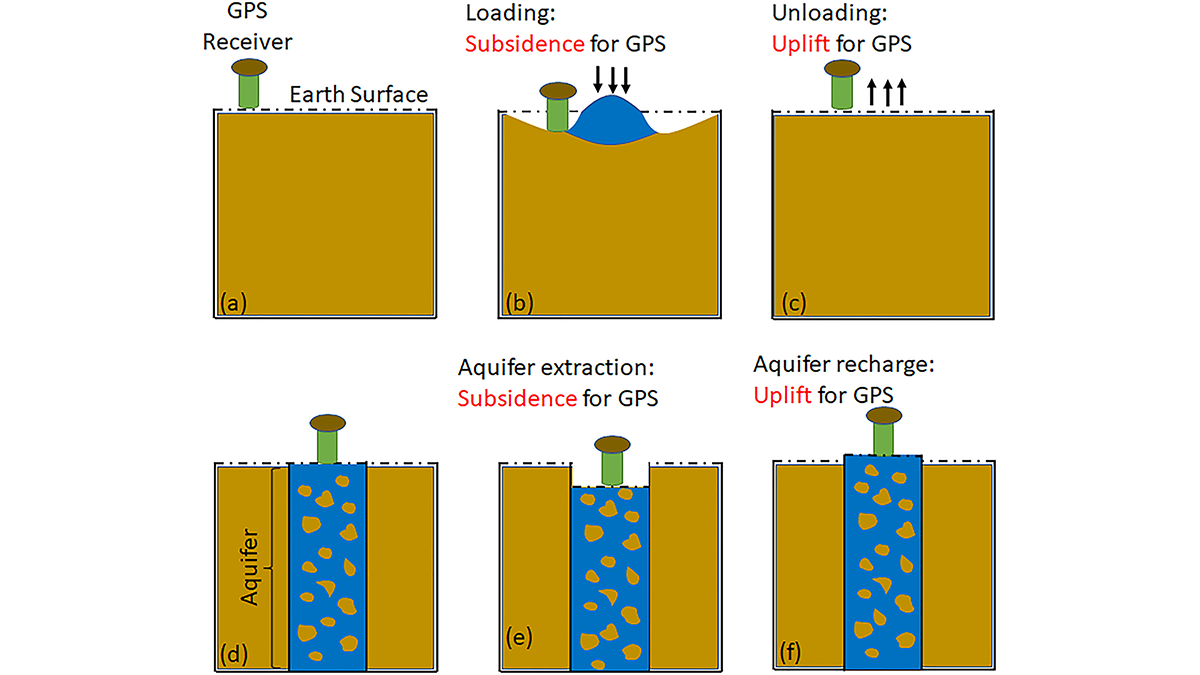A new study investigates the dynamics of the complex continental collision that formed the European Alps and reveals how structural alignments change with depth.
Earth’s crust
Flowing Crust Pushes Faults on Their Backs
Puzzlingly shallow faults in western Türkiye are likely getting a boost from below.
The 2023 Türkiye-Syria Earthquakes Shifted Stress in the Crust
In February, a devastating magnitude 7.8 earthquake struck the eastern Mediterranean, triggering a second major jolt and a cascade of aftershocks.
Digging Deep into Interactions Between the Core and Mantle
A new book presents major advances in our understanding of core-mantle interaction and co-evolution, and showcases technological developments improving our insights into deep Earth processes.
Machine Learning Helps Constrain the Thickness of Ancient Crust
A machine learning model trained using data on the chemical composition of magmatic rocks yields comparable, if not better, results to previously developed geochemical proxies.
GPS Observations Sense Groundwater Change in Australia
By exploiting the fact that changes in groundwater cause deformations of the Earth’s surface, GPS receivers are used to detect groundwater changes related to extreme events and to seasonal oscillations.
The Depleted Mantle Merry-Go-Round
Abyssal peridotites show through their isotopic composition a complex history. From differences we can infer the existence of ultra depleted mantle and an uneven contribution to ridge magmatism.
The Western Great Basin Has an Arsenic Problem—Blame Its Geology
A new study links geological factors such as faulting and geothermal activity to an elevated risk of arsenic contamination in private wells across the Great Basin.
Topography Along the Apennines Reflects Subduction Dynamics
Topography and exhumation vary strongly along the Apennines, reflecting the geometry of the Moho and different geodynamic mechanisms.
Mapping the Fizzy Brines and Fluid-Filled Fractures Below a Volcano
Seismic tools reveal where hydrothermal fluids lie beneath the Uturuncu volcano in Bolivia and hint at their composition.










